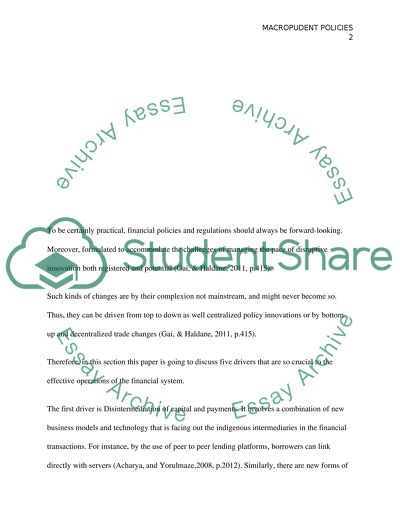Cite this document
(“Macro-prudential Policies Coursework Example | Topics and Well Written Essays - 2500 words”, n.d.)
Macro-prudential Policies Coursework Example | Topics and Well Written Essays - 2500 words. Retrieved from https://studentshare.org/finance-accounting/1691744-applied-policy-ananlysis-for-economics-is-my-paper-subject
Macro-prudential Policies Coursework Example | Topics and Well Written Essays - 2500 words. Retrieved from https://studentshare.org/finance-accounting/1691744-applied-policy-ananlysis-for-economics-is-my-paper-subject
(Macro-Prudential Policies Coursework Example | Topics and Well Written Essays - 2500 Words)
Macro-Prudential Policies Coursework Example | Topics and Well Written Essays - 2500 Words. https://studentshare.org/finance-accounting/1691744-applied-policy-ananlysis-for-economics-is-my-paper-subject.
Macro-Prudential Policies Coursework Example | Topics and Well Written Essays - 2500 Words. https://studentshare.org/finance-accounting/1691744-applied-policy-ananlysis-for-economics-is-my-paper-subject.
“Macro-Prudential Policies Coursework Example | Topics and Well Written Essays - 2500 Words”, n.d. https://studentshare.org/finance-accounting/1691744-applied-policy-ananlysis-for-economics-is-my-paper-subject.


